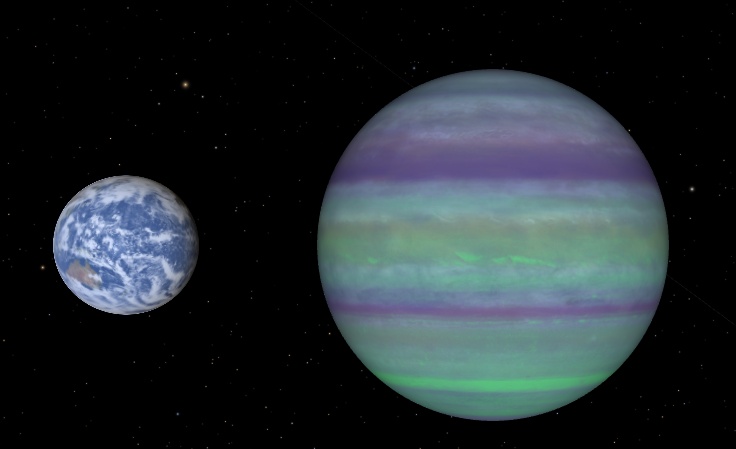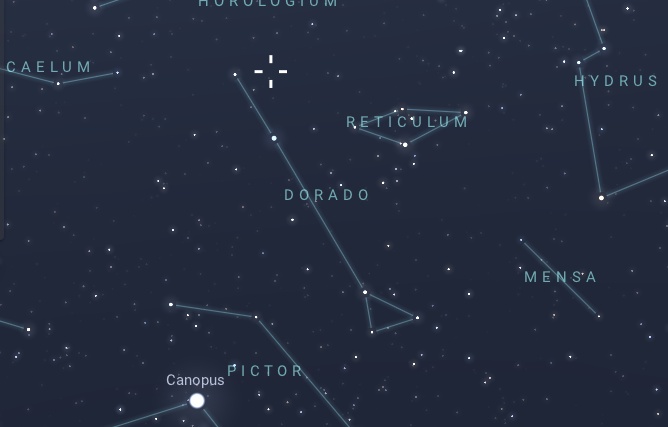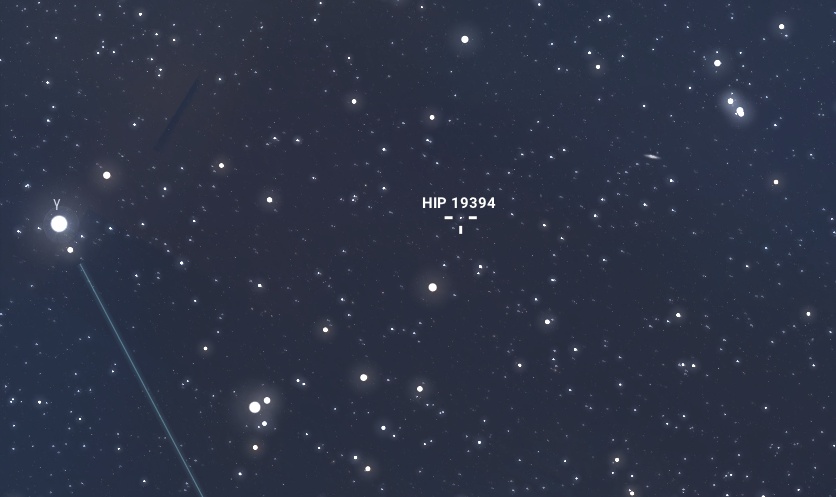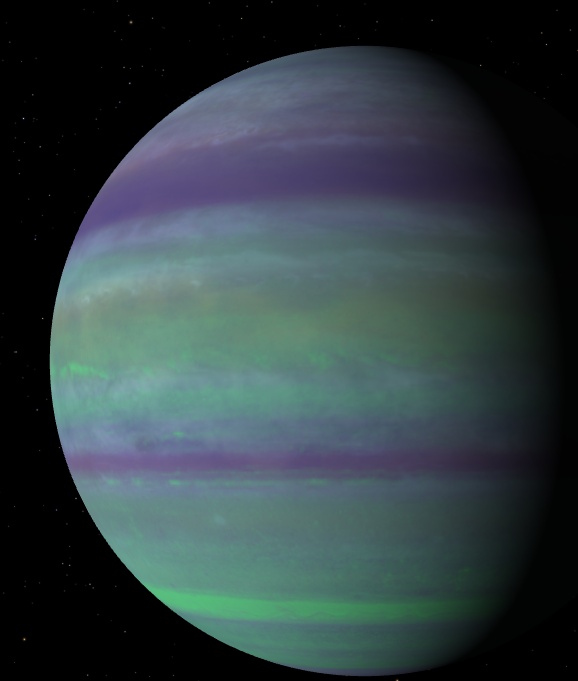Gliese 163c is an exoplanet located in the Gliese 163 system, approximately 49 light-years away from Earth in the constellation Dorado. Here are some key points about Gliese 163c:
Discovery
Gliese 163c was discovered in 2012 by a team of astronomers using the High Accuracy Radial Velocity Planet Searcher (HARPS) instrument at the La Silla Observatory in Chile. It was detected through the radial velocity method, which measures the slight wobble of a star caused by the gravitational pull of an orbiting planet.
Characteristics
Gliese 163c is classified as a super-Earth, with a mass estimated to be about 6.9 times that of Earth. It orbits its host star within the habitable zone, where conditions might be suitable for the existence of liquid water on its surface.
It’s host star is a red dwarf called Gliese 163, also known as HIP 19394. Red dwarfs are smaller and cooler than the Sun, and they are the most common type of star in the galaxy. The planet’s orbital period is approximately 26 days.

Habitability
The discovery of Gliese 163c within the habitable zone raised speculation about its potential habitability. Its location, size, and estimated surface temperature suggested it could have conditions similar to Earth. However, the actual habitability of Gliese 163c remains uncertain, and further observations are needed to determine its atmospheric composition and surface characteristics.
While specific details about Gliese 163c’s atmosphere have not been directly measured, scientists speculate that it may have a thick atmosphere, potentially rich in gases like carbon dioxide, nitrogen, or even water vapor. The planet’s position in the habitable zone suggests that it could have conditions suitable for liquid water to exist, depending on its atmospheric pressure and temperature. If the atmosphere is dense enough, it could help retain heat and create a climate conducive to the potential presence of life.
The surface of Gliese 163c is also a subject of speculation. Given its size and mass, it is likely to be rocky, similar to Earth. It may feature diverse geological features, such as mountains, valleys, or bodies of water, depending on its geological history and atmospheric conditions. However, without direct observations, the exact nature of its surface remains uncertain.

Follow-up Observations
Additional observations of the Gliese 163 system, including Gliese 163c, have been conducted using various telescopes and instruments to gather more information about the planet and its properties. These observations aim to refine our understanding of the system and its potential for hosting habitable planets.
Observation
Although Gliese 163c is too faint to be observed with amateur telescopes, its parent star, Gliese 163, can be seen with moderate sized telescopes under dark clear skies. It is located in the southern constellation of Dorado, and can be viewed from the southern hemisphere during the summer and early autumn months (December to March).





